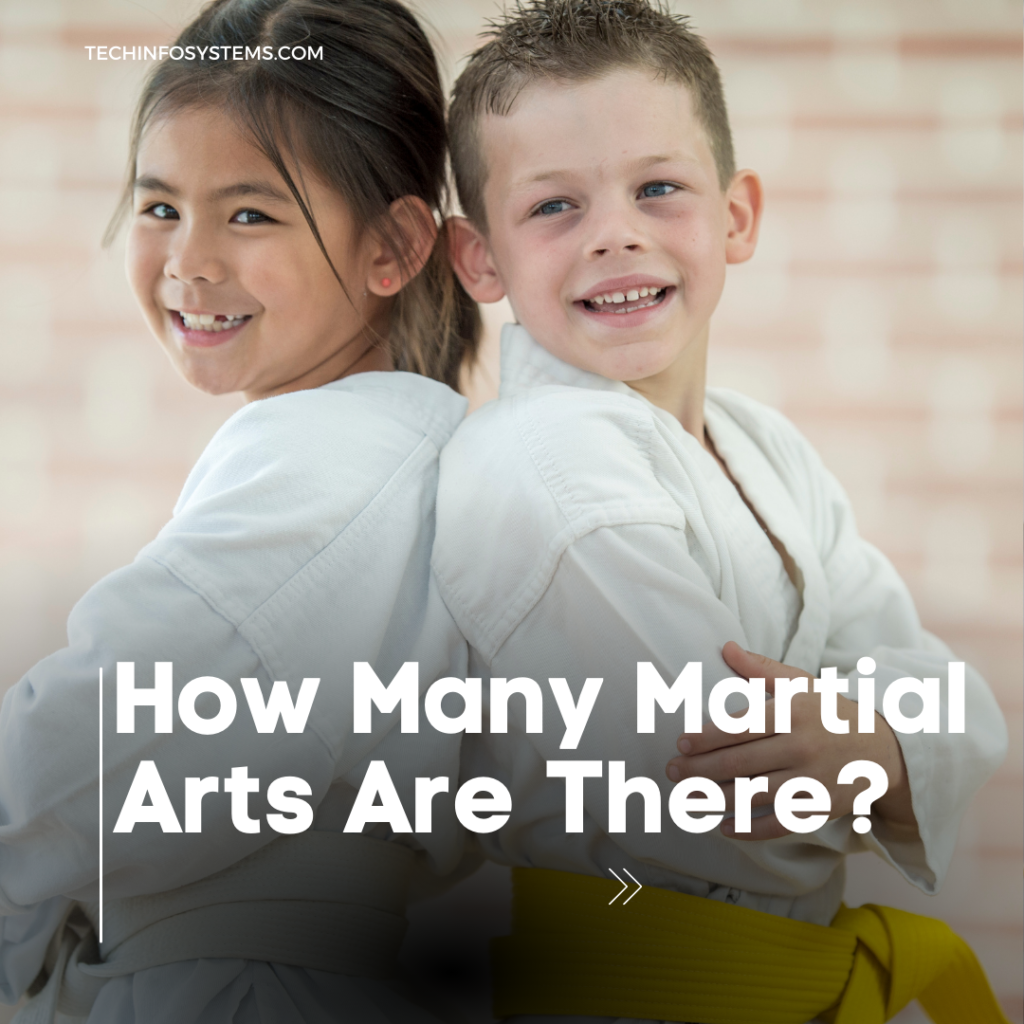how many martial arts are there?

Unveiling Diversity: How Many Martial Arts Are There?
The world of martial arts is a rich tapestry woven with a myriad of disciplines, each with its unique history, philosophy, and techniques. For enthusiasts and curious minds alike, the question often arises: How many martial arts are there? In this exploration, we embark on a journey through the vast landscape of martial arts, unraveling the diversity that makes this realm both fascinating and culturally significant.
The Global Tapestry of Martial Arts
Martial arts trace their roots to ancient civilizations, where warriors developed combat systems for self-defense and warfare. Over centuries, these systems evolved into diverse martial arts practiced across the globe. From the striking arts of Asia to the grappling traditions of Africa and beyond, martial arts showcase the cultural diversity and human ingenuity in physical combat.
Traditional Martial Arts
Traditional martial arts, deeply rooted in cultural and historical contexts, form the foundation of the global martial arts landscape. Disciplines such as Karate, Taekwondo, Kung Fu, and Judo are just a few examples that have spread internationally, maintaining their authenticity and cultural significance.
Striking Arts: The Art of Punches and Kicks
- Karate: Originating in Okinawa, Karate is a striking martial art that emphasizes powerful punches, kicks, and blocks. With various styles like Shotokan and Goju-Ryu, Karate has become a global phenomenon.
- Muay Thai: Hailing from Thailand, Muay Thai is known as the “Art of Eight Limbs,” incorporating powerful kicks, elbows, knees, and clinch work. It has gained popularity worldwide for its effectiveness in stand-up combat.
- Taekwondo: Emerging from Korea, Taekwondo is renowned for its dynamic kicks and acrobatic techniques. It has become an Olympic sport and is practiced by millions around the world.
Grappling Arts: The Dance of Control
- Brazilian Jiu-Jitsu: Developed from Judo, Brazilian Jiu-Jitsu focuses on ground-fighting techniques, submissions, and positional control. It has gained prominence for its effectiveness in self-defense and mixed martial arts (MMA).
- Judo: Originating in Japan, Judo emphasizes throws and takedowns, with a strong focus on using an opponent’s force against them. It has become an Olympic sport and is practiced globally.
Hybrid and Modern Martial Arts
As martial arts evolved, hybrid and modern styles emerged, combining elements from various traditions to create effective systems for self-defense and sport.
- Mixed Martial Arts (MMA): MMA is a hybrid combat sport that integrates striking and grappling techniques from various martial arts, including Boxing, Muay Thai, Brazilian Jiu-Jitsu, and wrestling.
- Krav Maga: Developed for the Israeli military, Krav Maga is a practical and efficient self-defense system that focuses on instinctive movements and simultaneous defense and attack.
Cultural and Weapon-Based Martial Arts
- Kendo: From Japan, Kendo is a martial art that focuses on the use of bamboo swords. It follows a strict code of etiquette and is practiced by many around the world.
- Capoeira: Originating in Brazil, Capoeira combines elements of dance, acrobatics, and martial arts. It is known for its fluid and dynamic movements.
- Fencing: Fencing is a Western martial art that involves the use of blades, such as foils and sabres. It is practiced both recreationally and competitively.
Lesser-Known Martial Arts
Beyond the well-known martial arts, there are numerous lesser-known styles, each with its unique regional or cultural significance.
- Kalaripayattu: From Kerala, India, Kalaripayattu is one of the oldest martial arts in existence. It incorporates strikes, kicks, grappling, and weaponry.
- Silat: Hailing from Southeast Asia, Silat is a collective term for indigenous martial arts practiced in the region. It often includes fluid, dance-like movements and weaponry.
The Evolving Landscape
The landscape of martial arts continues to evolve with the emergence of new styles, the globalization of traditional arts, and the integration of martial arts into popular culture. Modern practitioners have the opportunity to explore and blend elements from different disciplines, contributing to the ever-expanding diversity of martial arts.
Conclusion: The Infinite Paths of Martial Arts
In conclusion, the question of how many martial arts are there leads us into an exploration of an infinite cultural and physical landscape. From the ancient traditions passed down through generations to the dynamic evolution of modern styles, martial arts represent a global heritage of discipline, philosophy, and physical prowess. Whether you seek the tradition of a centuries-old art or the innovation of a contemporary system, the world of martial arts offers a path for every enthusiast to embark upon—an endless journey of discovery, self-cultivation, and respect for the diverse tapestry of combat traditions that enrich our global heritage.
FAQs
How many martial arts are there globally?
Explore the vast diversity of martial arts worldwide, encompassing striking, grappling, and weapon-based disciplines that have evolved across different cultures and regions.
Are there well-known martial arts that originated in Asia?
Learn about renowned martial arts like Karate, Taekwondo, Kung Fu, and Judo that originated in Asia, contributing to the global martial arts landscape.
What distinguishes traditional martial arts from modern and hybrid styles?
Understand the differences between traditional martial arts, such as Karate and Judo, and modern hybrid styles like Mixed Martial Arts (MMA) that integrate elements from various disciplines.
Are there specific striking martial arts known for their powerful kicks and punches?
Explore striking martial arts like Muay Thai, Karate, and Taekwondo, each renowned for its distinct emphasis on powerful kicks, punches, and unique techniques.
Which martial arts focus on ground-fighting and grappling techniques?
Discover the world of grappling martial arts such as Brazilian Jiu-Jitsu and Judo, known for their emphasis on ground-fighting techniques, submissions, and positional control.
Are there cultural or weapon-based martial arts that involve unique training elements?
Learn about cultural martial arts like Kendo, Capoeira, and Fencing, each incorporating cultural and weapon-based elements that contribute to their unique training methodologies.
What are some lesser-known martial arts with cultural significance?
Explore lesser-known martial arts like Kalaripayattu from India and Silat from Southeast Asia, each with its unique cultural significance and traditional practices.
How has the landscape of martial arts evolved over time?
Understand the evolving landscape of martial arts, from ancient traditions passed down through generations to the emergence of modern styles and the integration of martial arts into popular culture.
Can I integrate elements from different martial arts for a personalized training approach?
Discover the possibilities of integrating elements from various martial arts disciplines to create a personalized and versatile training approach, as seen in practices like Mixed Martial Arts (MMA).
Are there new martial arts emerging, and how does the globalization of traditional arts contribute to diversity?
Learn about the emergence of new martial arts styles and how the globalization of traditional arts has contributed to the dynamic diversity within the world of martial arts.






